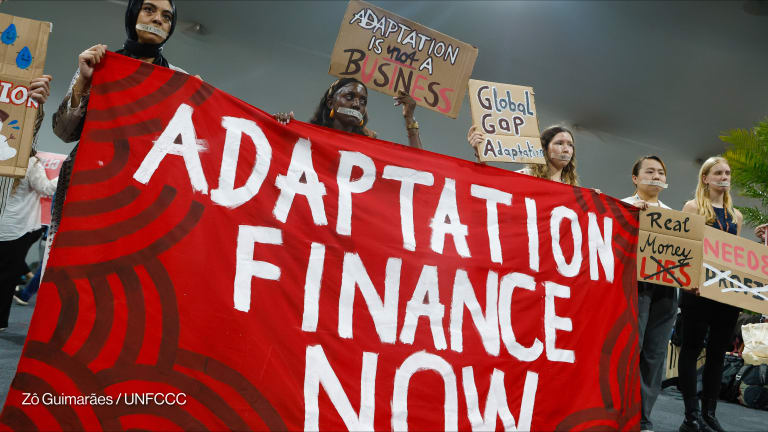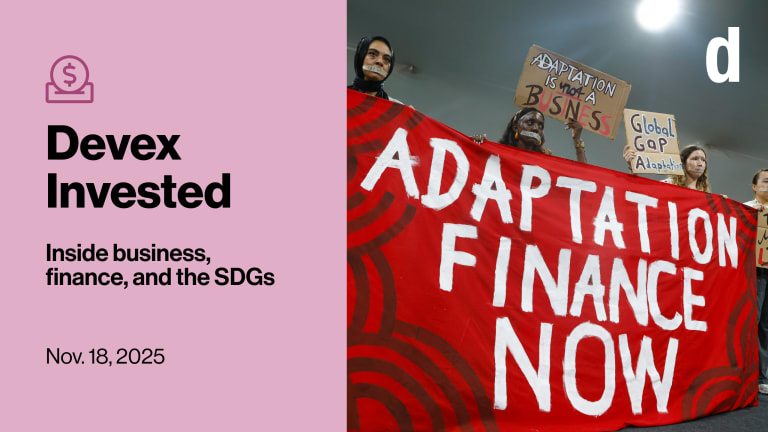
There are “huge gaps” in financing to help lower-income countries prepare for the impacts of a hotter planet, the United Nations Environment Programme said as it launched a report on climate adaptation Thursday.
Droughts, flooding, and rising sea levels caused by climate change threaten vulnerable communities in many low- and middle-income countries, which are poorly prepared to deal with the effects.
Focus on: People and the Planet
This series explores how climate change and other planetary imbalances impact the rising trend of human inequality. We look into potential solutions to eliminate inequality and support a healthy planet.
UNEP’s “Adaptation Gap Report 2020” acknowledged that some progress has been made but urged governments to do more to prepare for looming climate-related hazards.
While the mitigation of carbon emissions receives the bulk of political attention and money, Inger Andersen, executive director at UNEP, stressed that “the hard truth is that climate change is already upon us and growing worse” and that the world is heading for a temperature increase of 3 degrees Celsius under current Paris Agreement pledges.
“Investing in adaptation is as much a strategy to reduce poverty ... as any other and becomes even more important in this post-COVID world,” Andersen said at an online launch of the report, referring to COVID-19.
According to the report, adaptation measures in lower-income countries cost an estimated $70 billion a year, which could double by 2030 and reach up to $500 billion by 2050.
“We need to bring in all sources of finance, whether from the MDBs [multilateral development banks] or bilaterals or private sector. … All instruments need to be utilized to drive the climate finance agenda,” said Patrick Verkooijen, chief executive officer at the Global Center on Adaptation.
Only 6.1% of bilateral development finance was spent on adaptation in 2017, the report states. While this marks an increase from 4.6% in 2013, it lagged behind the 14.6% of multilateral finance spent on adaptation in 2017.
The report noted a particular gap in finance from the private sector. “The actor group which really needs to be incentivized to step up is the private sector; we need much more private sector finance into this space of adaptation and resilience building,” Verkooijen said.
“The hard truth is that climate change is already upon us and growing worse.”
— Inger Andersen, executive director, UNEPThese incentives could include sustainability investment criteria, climate-related disclosure principles, and accounting for climate risks in investment decisions. This can “stimulate an increase in investments in climate resilience and direct finance away from investments that increase vulnerability,” according to the report.
It also strongly emphasized the importance of nature-based solutions. These measures, such as managing coral reefs or mangroves, can “often soften the blow of climate change,” according to Andersen. But they recieve just a “small fraction” of climate funding and are underrepresented in climate pledges, she added.
This focus area, supported by the U.N. Development Programme, explores how climate change and other planetary imbalances impact the rising trend of human inequality and vice versa. Visit the Focus on: People and the Planet page for more.









